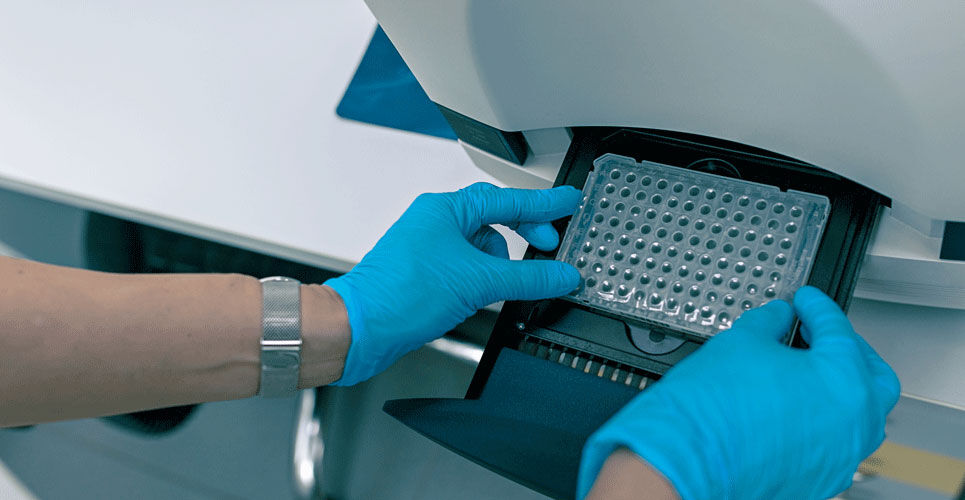A diagnostic aid which uses polymerase chain reactions (PCR) with a 52-pathogen custom array card, provides rapid (compared to blood culture) and reliable information on respiratory infections in critically ill, mechanically ventilated children with community or hospital-acquired pneumonia, according to a study by UK researchers.
Respiratory tract infections are responsible for a large number of admissions to paediatric intensive care units. Moreover, an intensive care unit is unique environment and for which clinicians often make decisions to use antibiotics with some degree of diagnostic uncertainty.
This was clearly illustrated in one study of paediatric intensive care unit children, where despite most critically children receiving antimicrobial therapy, infection was often not microbiologically confirmed.
While in many cases, respiratory infections are viral in nature, it is necessary to utilise methods such as quantitative PCR, as a diagnostic aid to identify the presenting pathogens. In fact, a recent study in adults found that multiplex bacterial PCR examination of bronchoalveolar lavage, reduced the duration of inappropriate antibiotic therapy of patients admitted to hospital with pneumonia and who were at risk of Gram-negative infection.
In the current study, researchers made use of the TaqMan Array Card (TAC) as a diagnostic aid, which is a microfluidic quantitative PCR system comprising of 384 wells containing pre-aliquoted customised primer and probe combinations.
The aid has been previously shown to be of value in supporting ventilator-associated pneumonia (VAP) diagnosis in adults. Nevertheless, it has not been examined in critically ill children and therefore, the aim of the present study was to assess the utility of TAC to identify bacterial and fungal respiratory pathogens in critically ill children with suspected community acquired pneumonia or VAP.
The study recruited children up to and including 18 years of age and if they were mechanically ventilated and had commenced or were commencing antimicrobial therapy for a lower respiratory tract infection.

The researchers determined the sensitivity and specificity of TAC to detect bacterial and fungal pathogens causing lower respiratory tract infections and the time to a result provided by TAC compared to standard microbiology cultures.
Secondary objectives included a description of the micro-organisms detected by TAC but not by microbiology culture as well as the impact of TAC on antimicrobial decision-making.
Diagnostic aid and outcomes
A total of 100 children with a median age of 1.2 years (58% male) were included in the study and of whom, 80 had suspected community acquired pneumonia and the remainder, hospital acquired pneumonia.
Bacteria were detected more frequently on TAC compared to microbiology cultures (57% vs 18%, p < 0.001)) and In addition, TAC also identified more fungi (17% vs 2%, p < 0.001).
For the detection of bacterial and fungal species, TAC had a sensitivity of 89.5% (95% CI 66.9 – 98.7) and a specificity of 97.9% (95% CI 97.2 – 98.5). The median time to obtain a result for the diagnostic aid was 25.8 hours compared to 110.4 hours for microbiological cultures and overall, TAC was significantly quicker for both positive and negative results (p < 0.001).
Finally, consultants reported a change of prescription in 47% of cases based upon TAC results. Antimicrobial therapy duration was reduced or stopped in 26% of children, extended in16% and the spectrum of treatment was broadened in 17% of cases and reduced in 17%.
The authors concluded that as a diagnostic aid, TAC can be used to reliably detect pathogens quicker than routine culture in critically ill children with suspected lower respiratory tract infections and called for future studies to incorporate antimicrobial decision support and economic analysis.
Citation
Clark JA et al. The rapid detection of respiratory pathogens in critically ill children. Crit Care, 2023.

